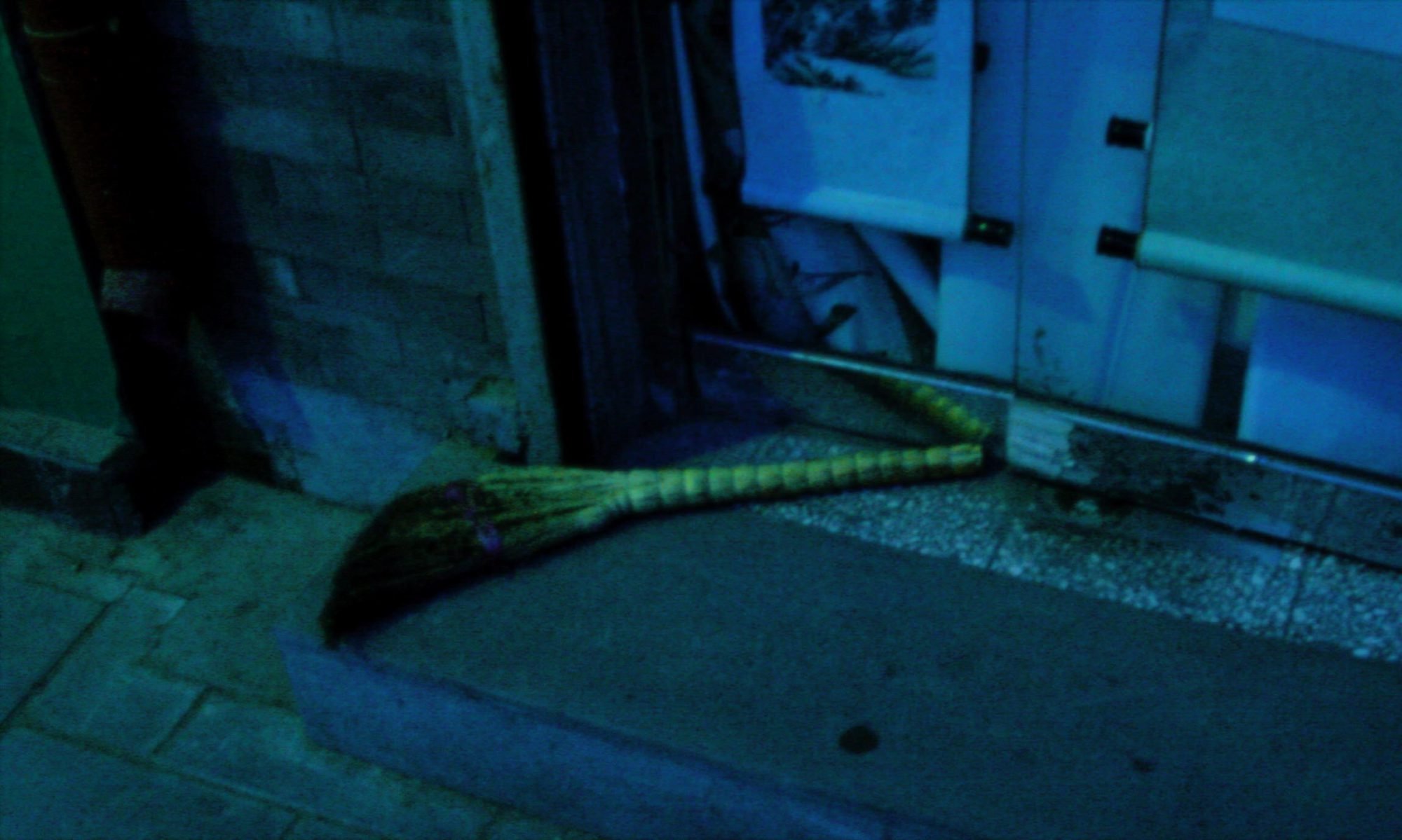Update, 25 January 2010: The Act commenced on 1 January 2010. See now this post.
Update, 13 January 2009: The Evidence Act, 2008 was assented to on 15 September 2008 and is to commence on a day to be proclaimed, probably no later than the end of this year.
Original post: The government has finally introduced the Evidence Bill, 2008 which, when passed, will make Victoria the 5th jurisdiction (after the Commonwealth, NSW, ACT, Norfolk Island and Tasmania) to adopt the uniform evidence legislation. It is a good development, because some of the common law rules of evidence, as amended by the Evidence Act, 1958, are so ridiculous that, according to a most experienced Supreme Court judge I heard speaking extra-curially, only especially irritating middle class unrepresented litigants ever dare to raise them.
It will also be good because the law clusters more efficiently around statutory provisions. Tracking the evolution of common law concepts is made difficult by inconsistency of language, whereas there is only one statutory text. Statutory text can have its own set of problems — the ad hoc series of amendments to the Evidence Act, 1958 which don’t hang together too well being a good example — but great care was taken in the drafting of the uniform legislation. Now to find all the cases about illegally obtained evidence in civil cases, we will be able to tap the relevant sub-section of the Act into Case Base, or even Austlii’s ‘Note Up’ function. A further advantage is this: the Federal Court and the Supreme Court of NSW are much better at publishing reasons for evidentiary rulings than the Supreme Court of Victoria. So Victorians will be able to make use of the many decisions of those courts which state the law relatively consistently and clearly by reference to modern cases, whereas evidence texts on the common law are replete with 19th century authority, and the common law states’ law of evidence is divergent because of different statutory modifications, but not sufficiently divergent to justify separate texts.
The Attorney-General’s media release is all about the millions which will be saved by the abolition of the best evidence rule, which requires the originals of documents, rather than copies, to be adduced in evidence. He obviously hasn’t noticed that no one takes any notice of the rule anyway. Indeed, one of Melbourne University’s evidence gurus says the rule no longer exists.





